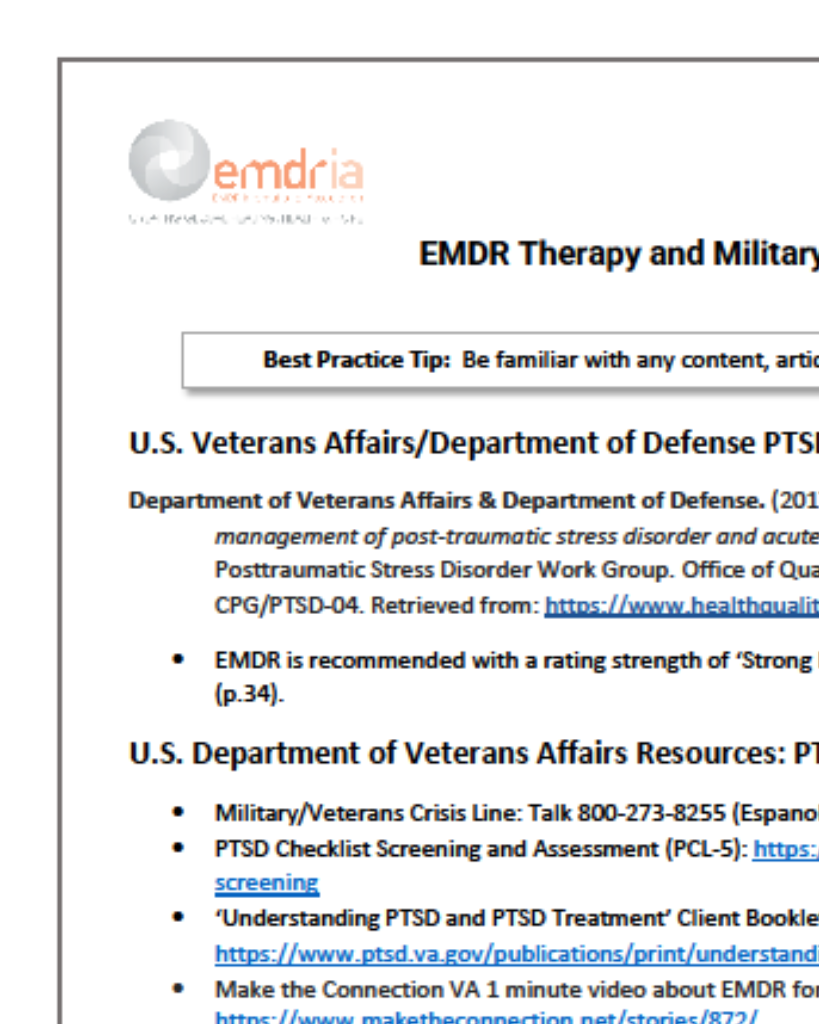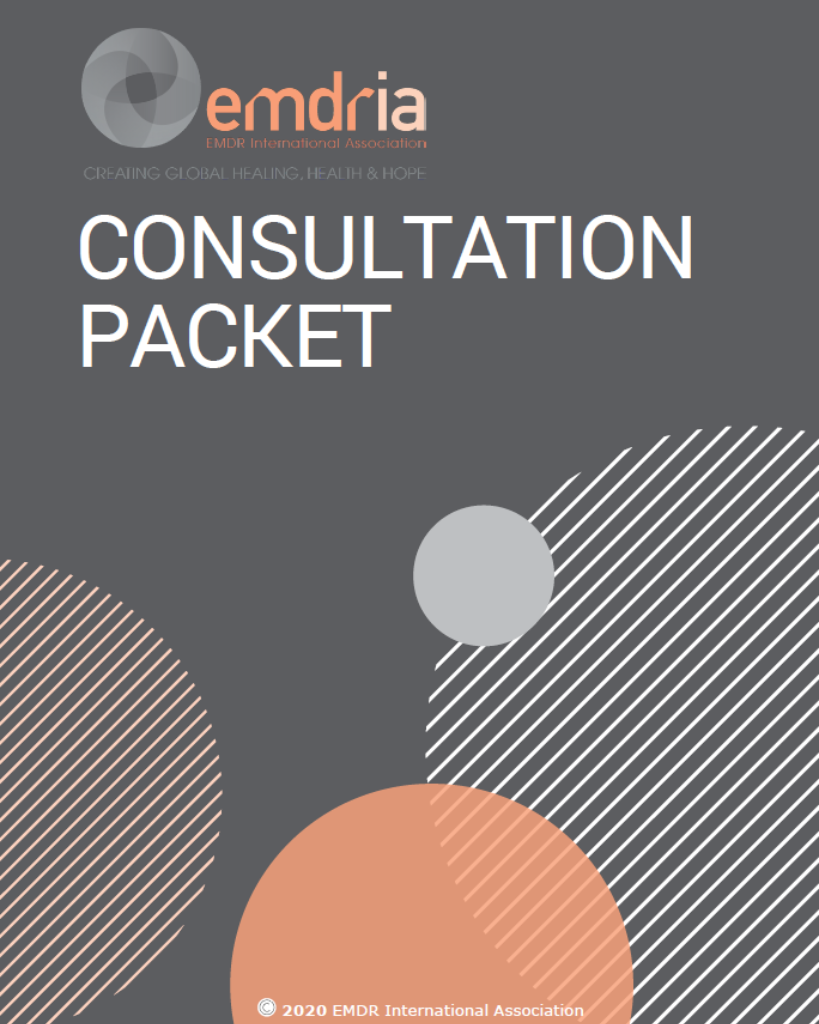Electrophysiological changes during EMDR treatment in patients with combat-related PTSD
We have recorded a continual polygraph EEG, before, during and after EMDR therapy, in patient with combat-related PTSD.
Article Abstract
“Background: Efficiency of the EMDR procedure is based on a presumption of neuropsychological changes in therapeutic process. The aim of the investigation is to scann and give evidence of electroactivity changes, during the process of EMDR procedure and after finishing it.
Materials and methods: We have recorded a continual polygraph EEG, before, during and after EMDR therapy, in patient with combat-related PTSD.
Results: Before the treatment, EEG recorded basic activity of low voltage (attenuation) of 20 μV, frequency of beta range (17-26 Hz), bioccipital, with no pathologic activity. Patient had prominent vegetative symptoms (anxiety, heart rate 100/min). Background activity immediately after the treatment records the amplitude values of around 50 μV, frequency of around 11-12 Hz. After the end of the treatment background activity possesses the amplitude value of about 37 μV, holding the persistence in frequency.
Conclusions: If the EMDR treatment is successful, sudden increase of amplityde activity is noted imensly. This sharp border line, which signifies normal activity, appears in 2-3 seconds affter the desensitize phase. The investigation suggest that from neurophysiological point of view, cortex (in EMDR procedure), works according to the principle “all or nothing”. If there is processing of traumatic memory, the activity gets completly normal. If the therapy is not successful, there are numerous artefacts, because of increased muscle activity. This kind of activity, in our investigation is marked as “Artefact therapy”.
The results, indicate maintaining low level of amplitude values of electrocortical activities during the treatment, as well as increase after successful treatment. The increase of amlitude is corelated to decrease of anxiety after the successful treatment.”
—Description from publisher
Article Access
Open Access
Grbesa, G., Simonovic, M., & Jankovic, D. (2010). Electrophysiological changes during EMDR treatment in patients with combat-related PTSD. Annals of General Psychiatry, 9(Suppl 1), S209. https://doi.org/10.1186/1744-859X-9-S1-S209
Date
April 22, 2010
Creator(s)
Grozdanko Grbesa, Maja Simonovi, Dorjanka Jankovic
Topics
PTSD
Client Population
Military/Veterans
Practice & Methods
Mechanisms of Action, Neurobiology
Extent
1 page
Publisher
Annals of General Psychiatry
APA Citation
Grbesa, G., Simonovic, M., & Jankovic, D. (2010). Electrophysiological changes during EMDR treatment in patients with combat-related PTSD. Annals of General Psychiatry, 9(Suppl 1), S209. https://doi.org/10.1186/1744-859X-9-S1-S209
Language
English
Content Type
Report





